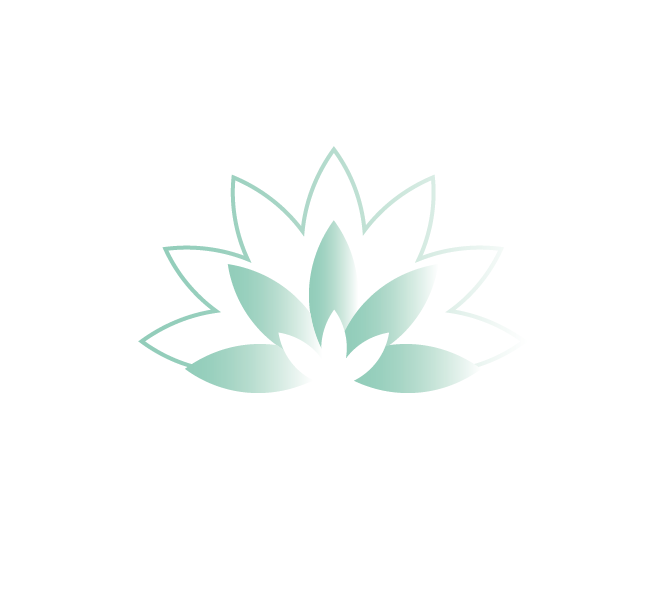Improve Back Pain Instantly: Yoga For Hip Flexors
Lumbago and Hip Flexors
Up to 60% of adults suffer from lumbago (or low back pain), unfortunately, is a very common disorder, regardless of age, habits or body type. There can be numerous causes from varying natures however, people who suffer from this pain, often manage to alleviate or resolve the problem by stretching the hip flexors (muscles responsible for hip flexion movement that allow us to bring the thigh towards the torso, and the torso towards the thigh). In everyday life, these muscles are constantly stressed: just think of all the times we sit down and get up from a chair, for example. To understand how yoga for hip flexors could be the solution to this disorder, we need to know about the Iliopsoas muscle.
Iliopsoas: The Muscle of the Soul
The iliopsoas or psoas muscle is the most famous hip flexor. An extremely important muscle, it is not only responsible for hip flexion movements but also for stabilizing the spine and supporting internal organs. The psoas is also related to breathing, as it is adjacent to the diaphragm. In fact, the fibers of one part of the psoas muscle intertwine with those of the diaphragm. It is also referred to as the 'muscle of the soul', because it is a point in the body where we somatize several emotions, such as anxiety, stress and fear. These emotions trigger the production of adrenaline, that keeps it in constant tension, causing the so-called 'fight or flight response', in which we are often trapped due to the hustle and bustle of everyday life. As seen by the correlation between this particular muscle and emotions, it is easy to understand that the imbalance of this muscle can lead to various physical and emotional problems and this is why yoga for hip flexors can be our solution.
How it is formed:
The iliopsoas, is composed of two different muscles: the iliacus muscle and the great psoas or psoas major. As explained in 'The Key Muscles of Yoga' by Dr. Ray Long: […] the greater psoas originates in the lower back (transverse processes, discs and bodies of lumbar vertebrae 1 to 5; body of the twelfth thoracic vertebra), and the iliacus muscle in the pelvis (upper two-thirds of the inner surface of the iliac bone up to the inner edge of the iliac crest and the anterior sacroiliac joint). Both insert within the lesser trochanter (the smallest prominence) of the proximal femoral bone […]. The iliopsoas is a polyarticular muscle, i.e. it crosses more than one joint and allows movement of the bones of the lumbar region, pelvis and hip.
Lumbago: Cause and Solution
Cause
Having understood the origins, insertions and functions of the iliopsoas muscle, we can better understand the connection between it and low back pain. A retracted (shortened) psoas will create pressure on the lumbar vertebrae, causing postural imbalances, as it will pull the lumbar part forward (hyperlordosis) and create tension in the quadratus lumborum, which is a muscle (made up of 5 heads) located posteriorly in the lumbar region (the heads share a common origin with the posterior iliac crest, they are divided into four parts and insert into the transverse process of the lumbar vertebrae and the posterior part of the twelfth rib). The result will be constant lower back pain (lumbago), which over time may cause further more or less serious problems.
Solution and Tips
This is where yoga for hip flexors comes to our aid. On a muscular level, when we contract the iliopsoas, we also contract the quadratus lumborum and vice versa, and as we just learned above, a retracted psoas will cause tension in the quadratus lumborum, triggering low back pain. To help a retracted psoas and relieve the tension created on the lower back, proper stretching with yoga for hip flexors is exactly what we need. Asanas (postures) that allow us to activate the hip flexors in eccentric contraction (stretching them), in this case are the appropriate means of achieving our goal. In this regard, it is good to remember that every time we are performing one of these asanas, it is also important to correctly activate the lumbar area. This is where two other fundamentally important muscles come into play.
Gluteus and Rectus Abdominis
There are two important muscles that we need to activate in order to achieve a correct posture when practicing yoga for hip flexors. The gluteus and the rectus abdominis, which will cooperate to achieve the desired result. How?
By activating both in concentric contraction (shortening them). This kind of work on the part of these muscles will ensure the lengthening of the quadratus quadratus of the loins, which without the support of these muscles, would have collapsed forward, leading us to do what we commonly call 'swaying of the back', without gaining any benefits. In this way the gluteus and rectus abdominis will work in the opposite way to the hip flexors and the quadratus lumborum, which will be activated in eccentric contraction (stretching them) and it is precisely this correct activation of all these muscles that will obtain the desired result, alleviating or even better eliminating this difficult lower back pain.



